Drone Crackdown on Illegal Fireworks Yields 65 Citations, $97,500 in Fines
New aerial surveillance program shows mixed results across neighborhoods as complaints increase.
Through her leadership in Riverside's earliest women's clubs and the historical society, Mary Elizabeth Darling shaped not just the narrative of a city but also the preservation of its most cherished landmarks.

Many of the new settlers in early Riverside played an important role in the ensuing character of our city. One of the outstanding and prominent of those early residents of Riverside was Mary Elizabeth Darling.
Mary Elizabeth Foster was born in Halifax, Nova Scotia, Canada on May 18, 1852. In 1876, she married Lorenzo Darling from Baldwin, Maine. Because of Lorenzo’s health problems, the couple came to Southern California in 1886 and stayed at the old Glenwood Tavern (also known as the Old Adobe), the family home of Frank Miller. The Miller family had converted and expanded their home into a boarding house and hotel.
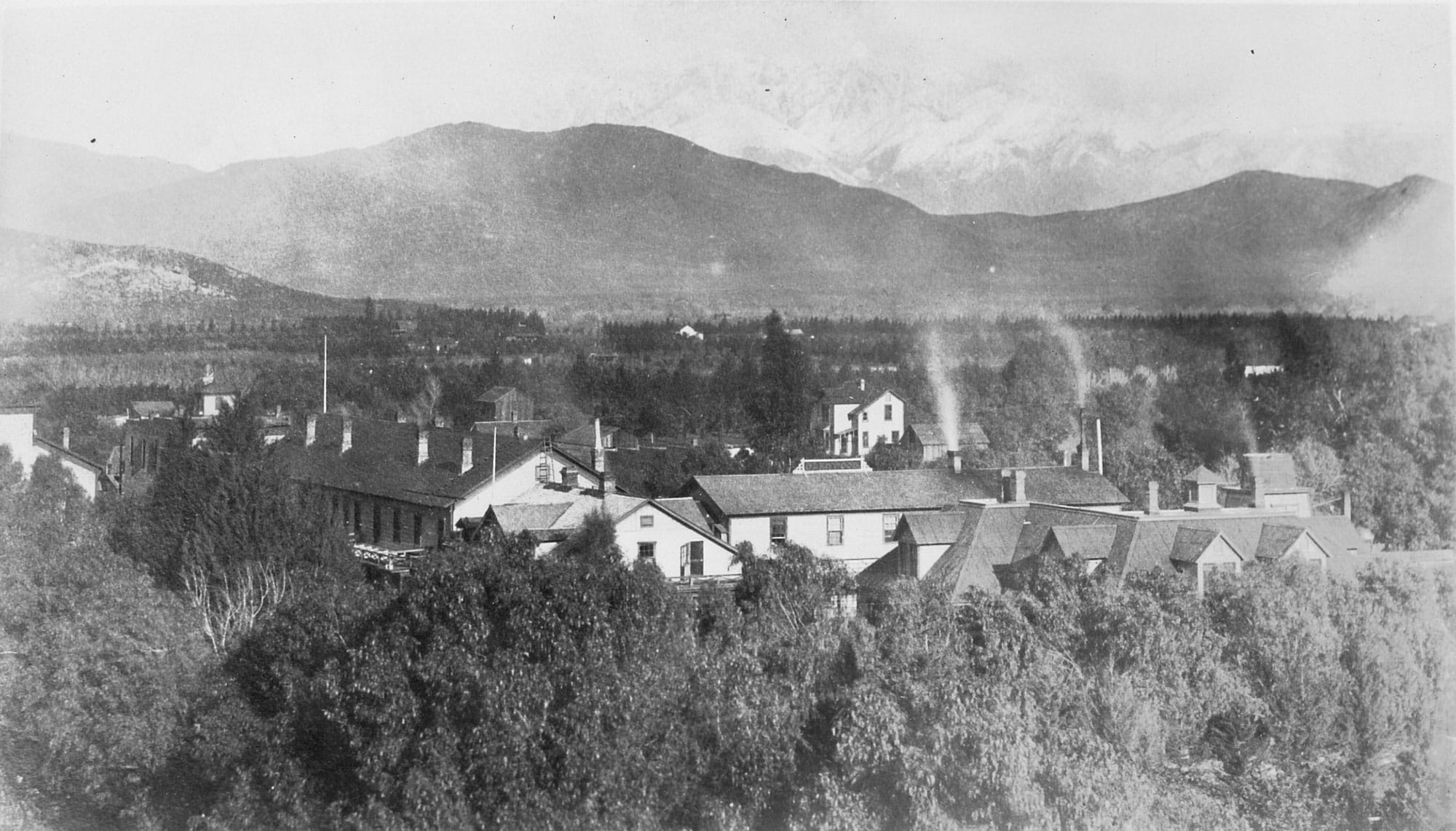
During that trip, they purchased property on Arlington Avenue, including a vineyard and an apricot orchard. The couple returned two years later and settled on the property and the newly built home at 222 East Arlington Avenue (later 3650 Arlington). In early city directories, Lorenzo is listed as an orange grower, having turned his property into orange groves. He was an active member of the Masonic Lodge and a founding member of the Riverside Present Day Club. The Present Day Club was a literary and social organization that met the second Monday of the month with the understanding that “as man talks best when fed best each meeting will be held around the banquet table, and after the gastronomic feast…the evening devoted to the best, brightest and most brilliant ideas from the combined thoughts of those present.”
Lorenzo Darling died at his home on October 11, 1916, at eighty, having resided in Riverside for twenty-eight years. Honorary pallbearers included Eathan Chase, Charles Loring, Frank Miller, Samuel Evans, Arthur Wheelock, and E. P. Clarke of the Riverside Daily Press.
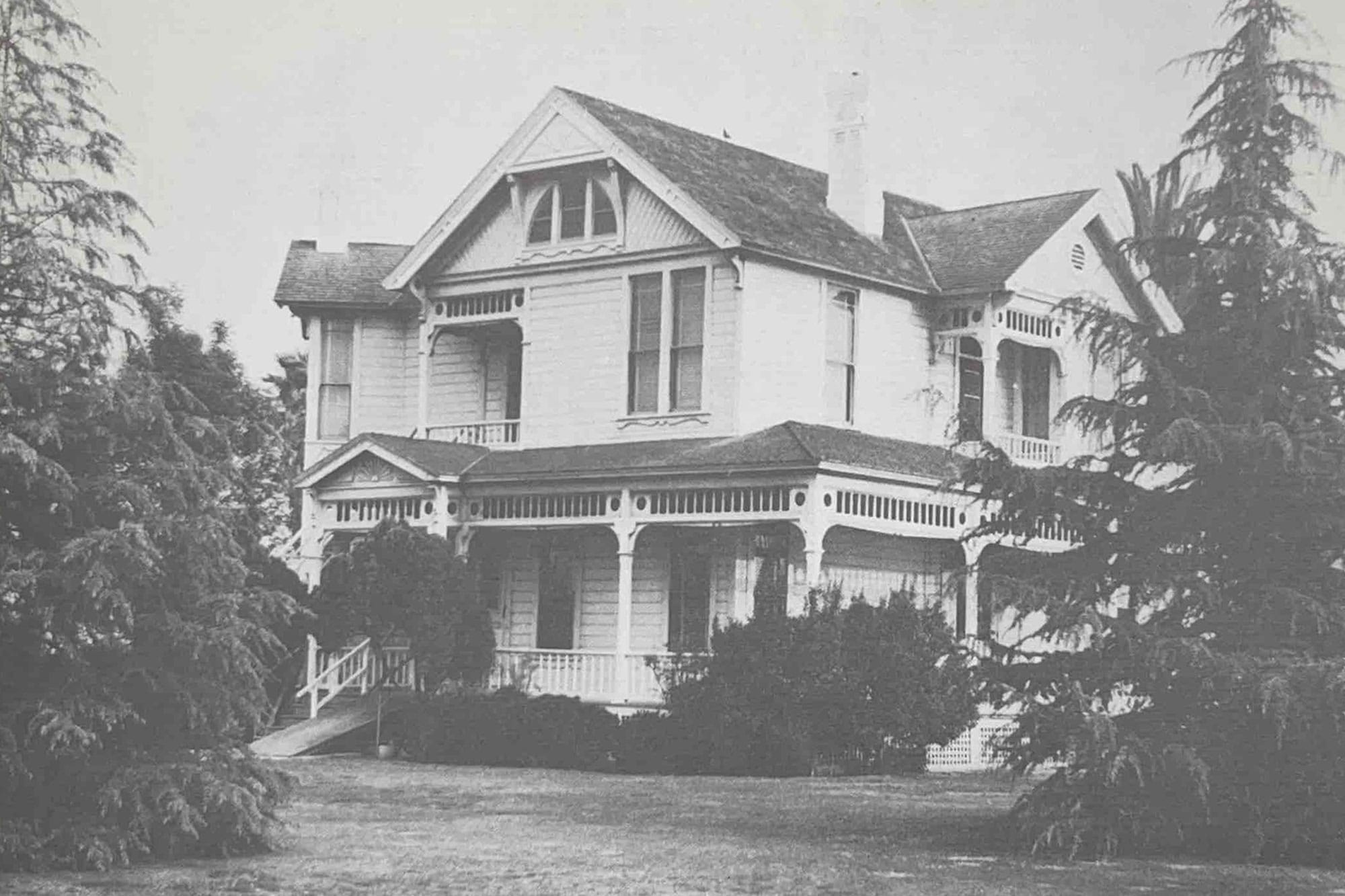
Even more than her husband, Mary Elizabeth Darling was involved in the social and historical fiber of early Riverside. Following a trip to Boston in 1890, she organized a women’s group called the Sorocco Club and became its first president. When the Riverside Woman’s Club was organized in 1896, Mary Darling was one of the founding members. In 1897 she became secretary, and in 1899, she took on the role of president. Branching out in February of 1902, Darling was the driving force and first president of the Extemporaneous Drill Club.” Organized to help women master the skills of parliamentary usage and extemporaneous speaking, the group later changed its name to the Wednesday Club, the day that they met.
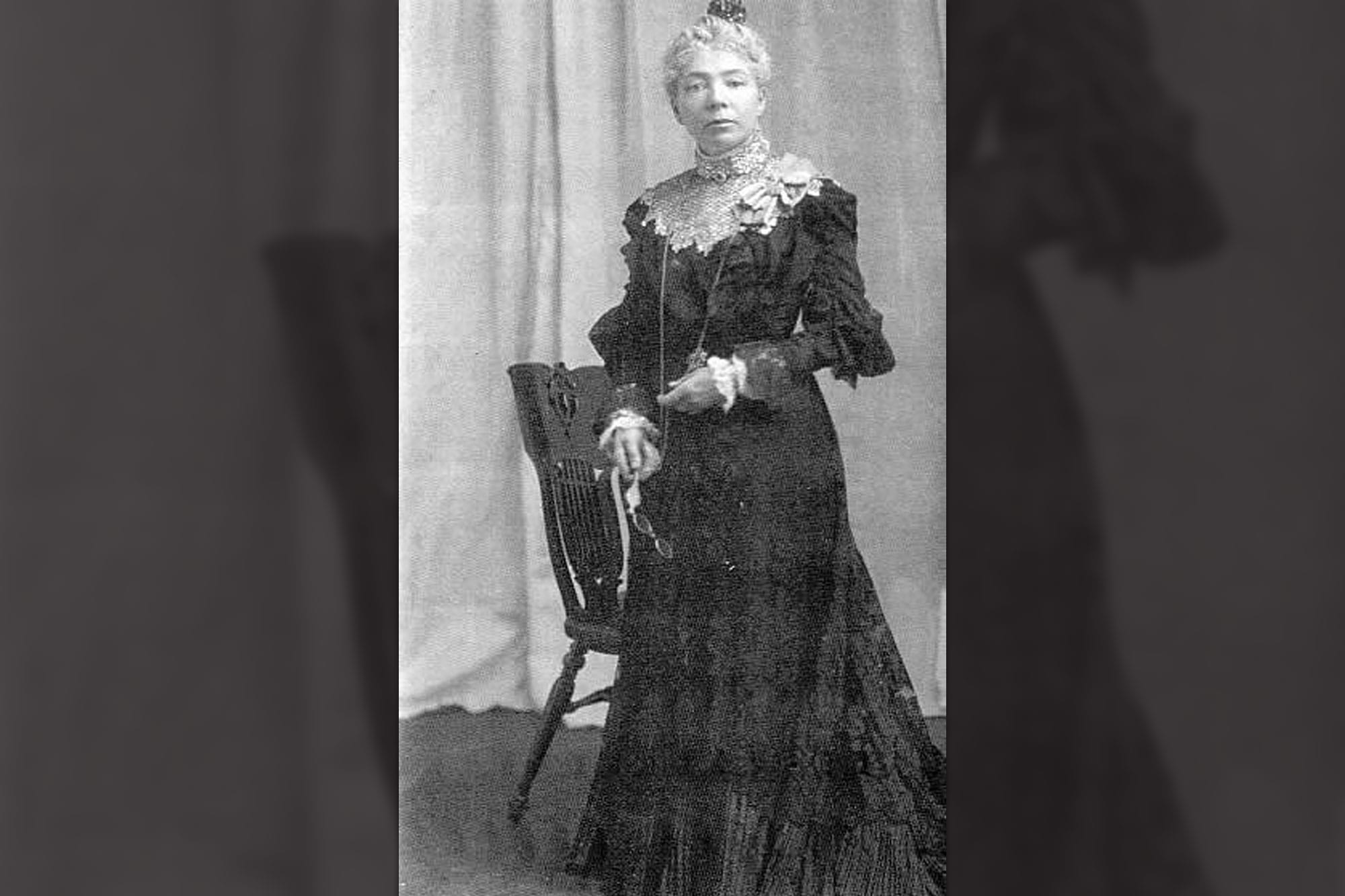
As chair of the Extemporaneous Club, Mary Darling presided over the meeting on January 7, 1903, which called together prominent old-time Riversiders to form what became the Riverside Historical Society. The first project the newly formed historical society undertook was to rescue the remaining Washington parent navel orange tree still standing on the Luther Tibbets’ property. The Riverside Historical Society obtained the tree, and Frank Miller, another original historical society member, offered a home for the tree in the courtyard of his newly opened Glenwood Mission Inn. The historical society asked President Teddy Roosevelt to transplant the tree during his visit to Riverside on May 7 and 8, 1903.
When Roosevelt arrived in Riverside late in the afternoon of May 7, a caravan of horse-drawn carriages greeted him at the Pachappa train depot. The lead carriage, which carried Roosevelt, was decorated that morning by the women of the Women’s Club in the front yard of the home of Lorenzo and Mary Darling. Mary was in charge of the project.
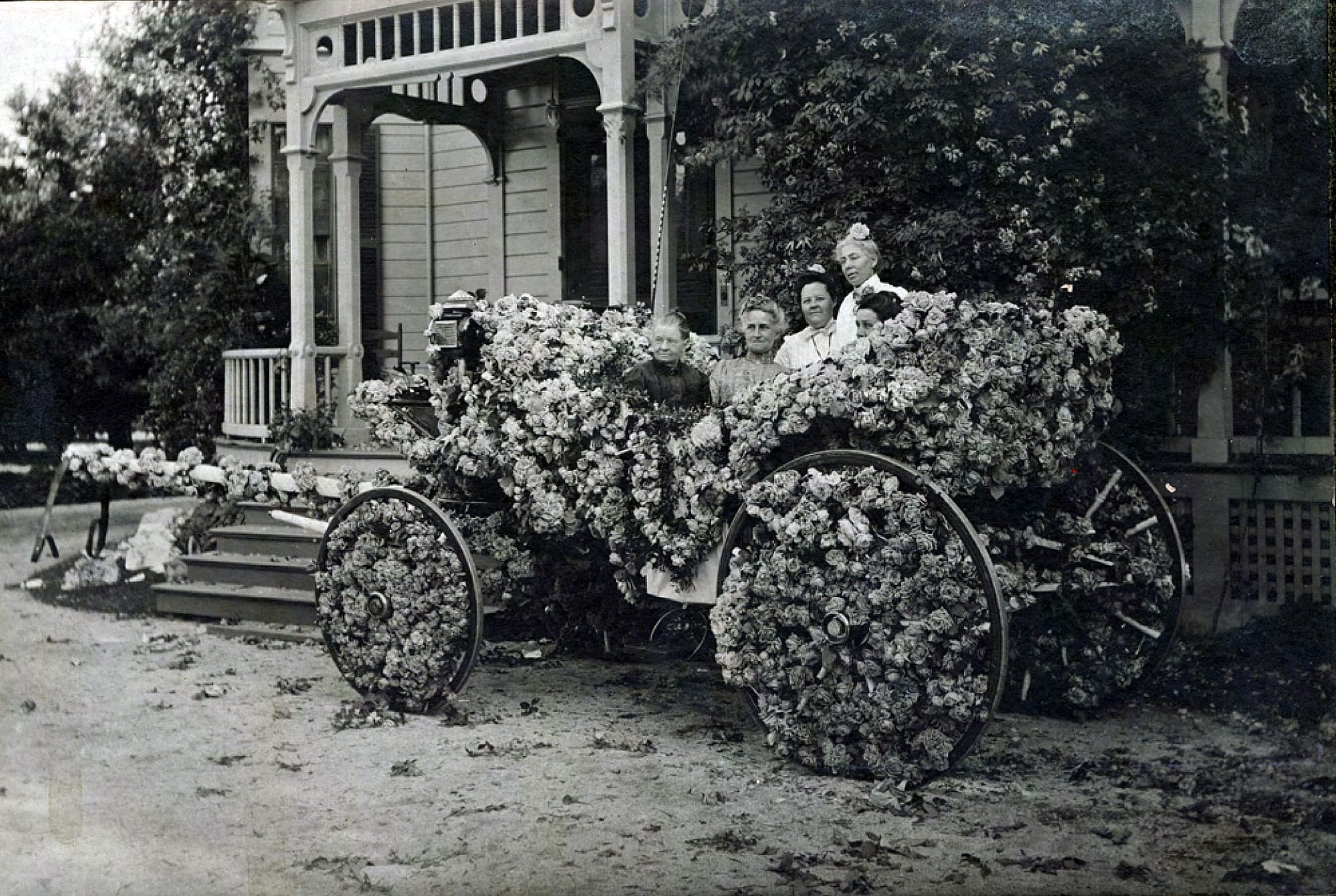
Lorenzo and Mary Darling were guests at the banquet given in honor of President Roosevelt held at the Mission Inn that evening. They were undoubtedly also present the following day for the ceremonial planting of the Parent Navel Orange Tree in the courtyard of the Glenwood Mission Inn.
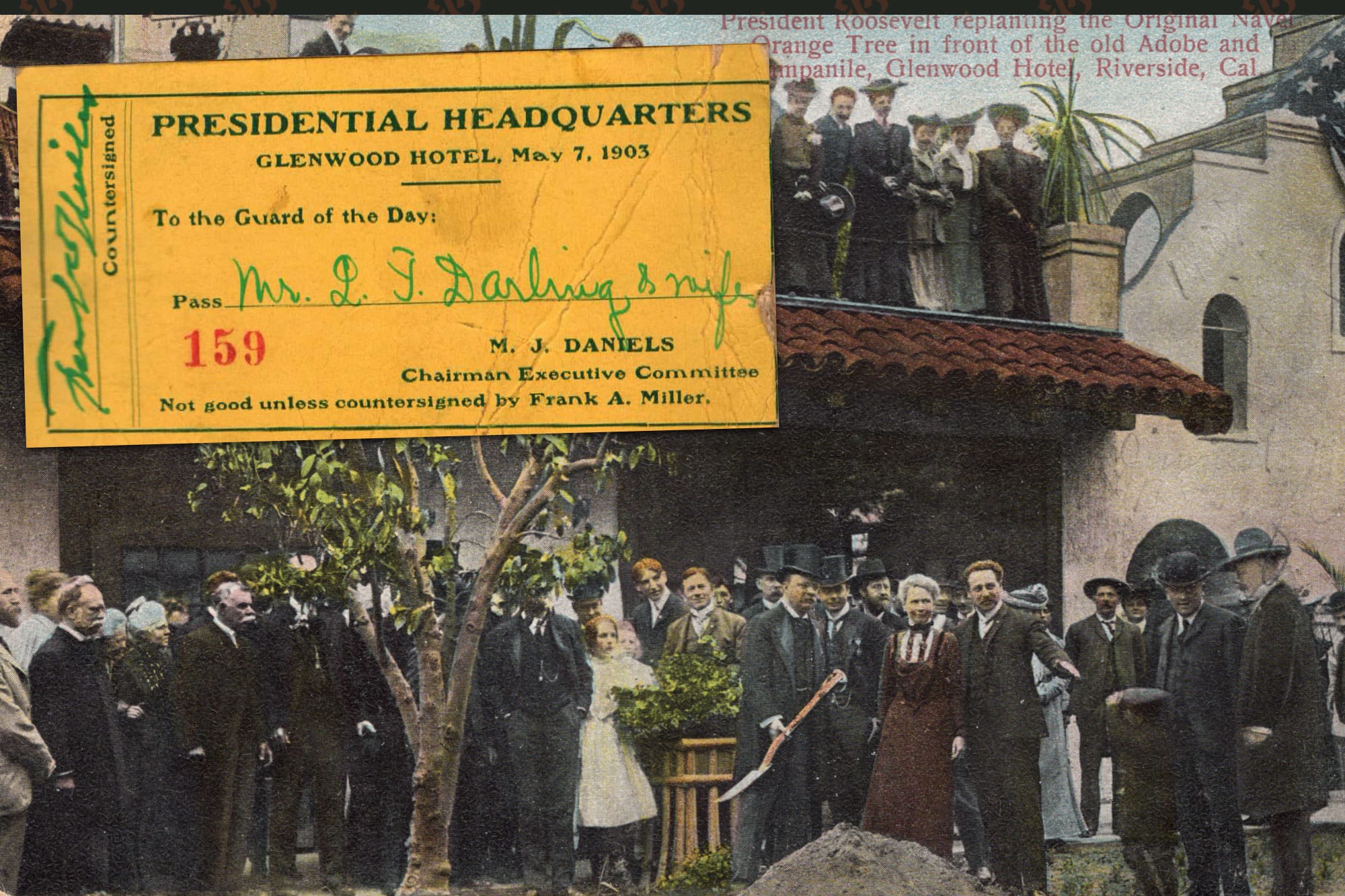
Not long after the death of Lorenzo, Mary sold the Arlington home and property and moved into the Glenwood Mission Inn. She resided as a guest at the Inn for the rest of her life. But even here, she kept busy.
In March of 1937, Mary wrote a six-part history of Riverside entitled “A Glance.” The articles appeared in the Riverside Daily Press from March 19 through March 31. The editor introduced the series by writing:
This is the first chapter of a most colorful and exhaustive account of early affairs in Riverside. Mrs. Darling has been painstaking in her endeavor to set forth the incidents of her narrative in a way that will be read with much pleasure, especially by Riversiders who have any knowledge of the pioneer spirit of this community. What she has written is authentic, much of it having come within her personal knowledge.
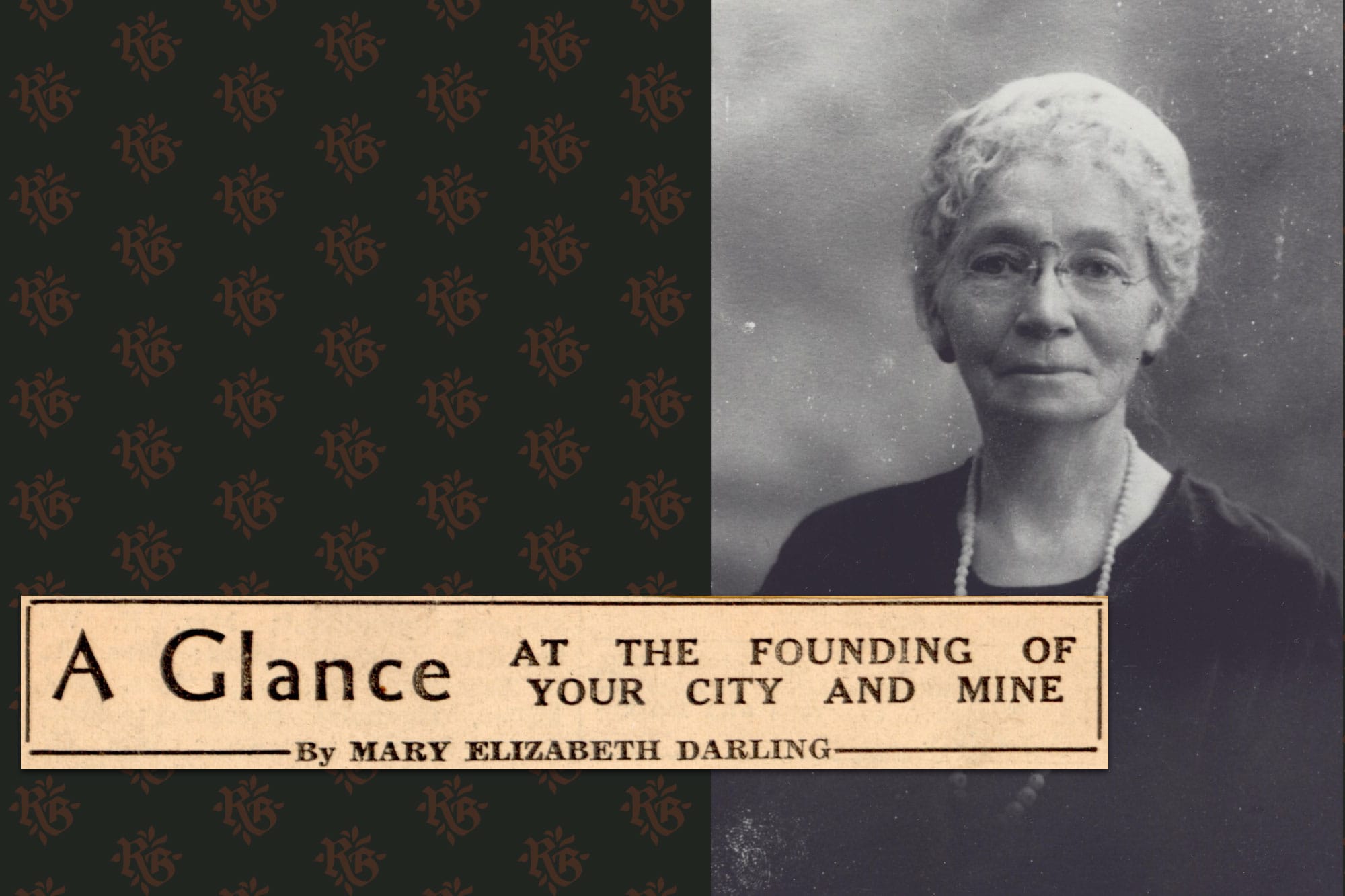
After a brief illness, Mary Elizabeth Foster Darling died on January 22, 1950, at Riverside Community Hospital at the age of 97. In the newspaper announcement of her death, the list of the organizations she was involved in included the Riverside Woman’s Club, the California Federation of Woman’s Clubs, Riverside Sorocco Club, the Wednesday Club, the Riverside Pioneer Historical Society, Riverside Writer’s Club, Riverside Musicians Association, Riverside Art Association, and the Casa Blanca Country Club.
A few months after her death, the Wednesday Club, on March 9, planted a life oak tree in the Friendship Grove at Low Park in Riverside to honor their long-time member and founder. The Friendship Grove in Low Park was started in 1927 to honor visitors and later residents of Riverside.
The former Darling property on Arlington Avenue was sold in January 1952 by E. F. Martin to the city of Riverside for the site of a new park. The city council named this new park “A. D. Shamel Park” after Archibald Shamel, a long-time member of the Riverside Park Board and plant physiologist at the Riverside Citrus Experiment Station. Some old-time Riversiders still remember the Darling house being fixed up for Halloween and used as a haunted house before fire destroyed it.
Let us email you Riverside's news and events every morning. For free!